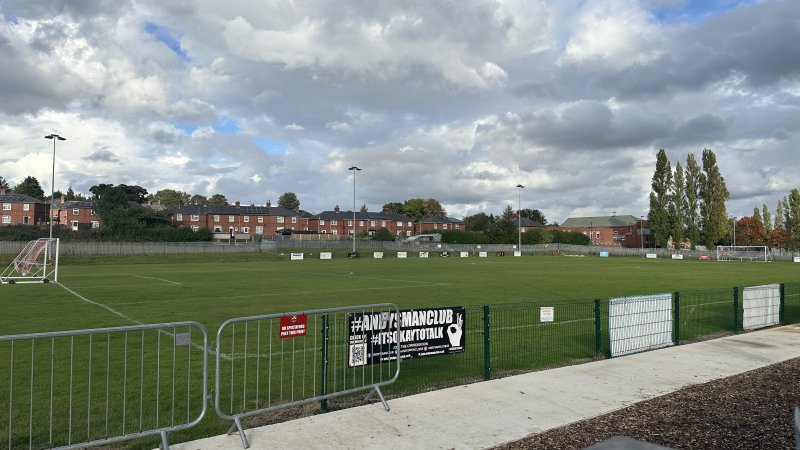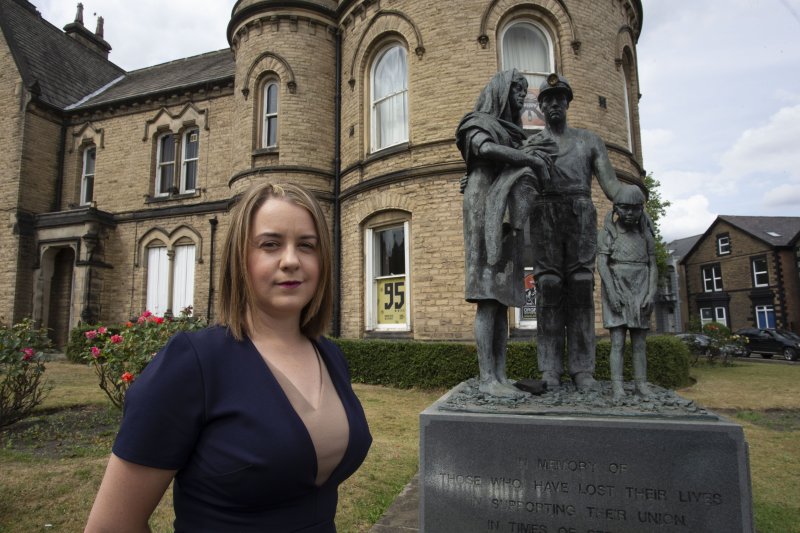WORK is starting on a £4.3m expansion scheme to provide 250 places at Penistone Grammar School but Barnsley Council is already calculating that the district will generate the need for more than 100 additional classroom places in the years ahead.
Barnsley Council has just adopted its local plan, a blueprint for housing and job creation until 2033, which should result in 21,000 new homes being built across the borough.
Some of those have been earmarked for the Penistone area and - according to figures provided to the Local Democracy Reporting Service - that will generate the need for 112 additional secondary school places.
A difficulty for the council is that although they know how many new homes are acceptable in the area, they have no control over when developers may want to get planning permission and start work.
However, they project that 112 additional places will be needed by the time the local plan is due for replacement.
The council explained: “Calculations for additional places for developments allocated under the local plan are undertaken when a formal planning application is received.
“Responses are submitted as part of the consultation regarding the impact, if any, on the sufficiency of primary and school places within the area and this would be considered as part of the planning and decision making process.
“The council has responded appropriately to planning applications already received for the Penistone area.
“The current expansion at Penistone Grammar School will, therefore, plan for existing demand as there is no indication of when a development will actually commence, or even in the original format.”
Although Penistone Grammar School does not operate an old fashioned ‘catchment area’ policy for the pupils it accepts, one the criteria is the distance of their home from the school, measured in a straight line rather than journey distance.
The current expansion project is costing around £4.3m, with slightly more than £2m of that being found from the authority’s own budget.
More than half the cost will be made up by the government’s ‘basic needs grant’, used to provide education.
Developers behind projects which have generated current demand levels are also putting in £41,000, just under one per cent of the cost, through Section 106 funding - the system where companies making profits from housing developments are expected to contribute towards the cost of the additional demands an increased population place on society.
However, councillors have been told the authority is also working on a new planning policy, which is intended to clarify the sums developers will be expected to contribute when the homes the create put additional pressures on the education system.



























